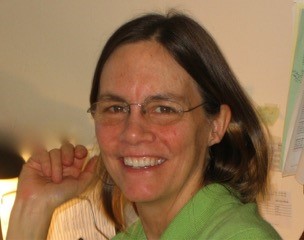There are few moments when one has the privilege of witnessing a global movement. This past week in Paris clearly fit into that box when all 196 countries in the world reached an agreement to reduce global greenhouse gas emissions.
There were many takeaways. Here are just a few:
Paris and France were model hosts. The city was in fine form and tangibly welcoming of “COP21.” Exhibits, indoor and out, filled the streets and open spaces. From lights on the Eiffel Tower to singing in front of Notre Dame, one was constantly aware of, and often awed by, the climate message. The little green logo for the event was in the metro, at the airport, and seemingly at every hub, along with a large crew of green-vested individuals ready to assist. The many armed guards walking the streets as a result of the terrorist attacks were also a welcome sight and ironically provided a calm so the focus could be on the summit.
Funders, 220 in all, came from around the world. Other constituencies in attendance created an all-time high for participation and tone: 150 heads of state, CEOs, more than 500 mayors, and dozens of governors, in addition to faith leaders, indigenous groups, youth activists, and NGOs.
What was particularly apparent throughout the gathering was the groundswell of leadership from cities (500+ mayors!), regions, businesses, and investors. This has been a critical driver of progress thus far and will continue to be in the next phase. And whereas prior meetings were hindered by a deep divide between nations in the global north and south, COP21 featured a new level of cooperation towards a common goal.
The advance work by the United Nations and world leaders clearly paid off. Each country submitted its own reduction targets and with the U.S./China side agreement, a glide path for success was hoped for and achieved.
So, what is actually in the agreement? Here are some of the major goals countries committed to:
- Limiting temperature rise to below 2 degrees Celsius, with aspiration of 1.5 degrees.
- Submitting increased reduction targets every five years.
- Applying a transparent accounting system to evaluate and monitor reductions.
- Protecting indigenous people, including financing at $100 billion per year for loss and damage to smaller islands, forest protection, and management.
The agreement also includes a statement that much of world’s remaining reserves of coal, oil, and gas must stay in the ground. Countries will officially sign the pact on April 22, 2016.
In addition to the language that made it into the final text, the agreement sends a message on several important points, namely:
- A strong affirmation of and reliance on science.
- Emissions will have to peak globally and reduce to zero by the end of the century (meaning we cannot produce more emissions than nature can absorb).
- We will shift to a zero-carbon economy.
- There’s nowhere to hide. The unanimity of this agreement represents unprecedented momentum for climate action and a framework that is designed for global witness.
It was an extraordinary opportunity to absorb the spirit and intent of universal cooperation and agreement. The week was full of firsts and upbeat “we cans and we musts.” It affirmed more than ever the need to build upon strong momentum and to carry on in this vital work.




